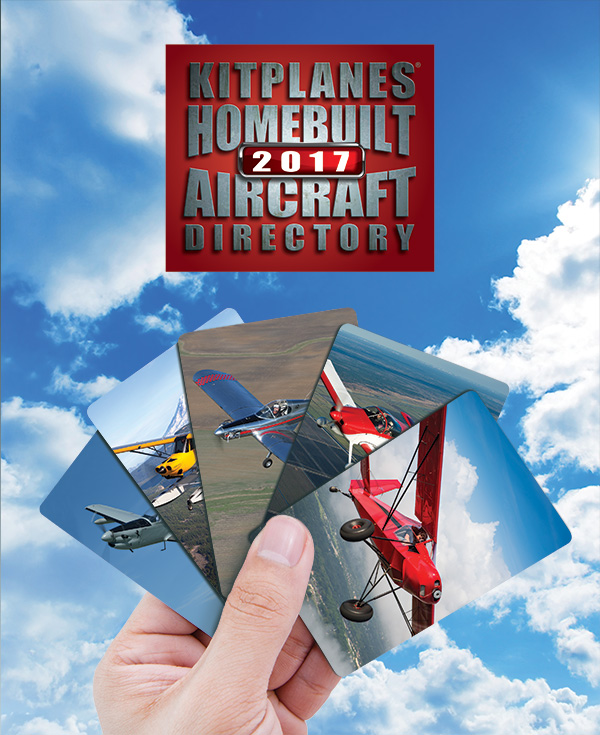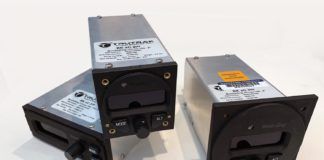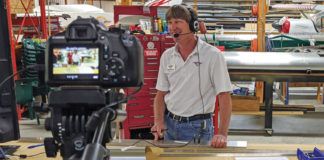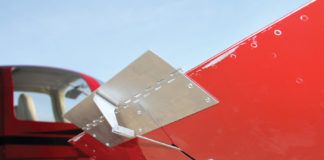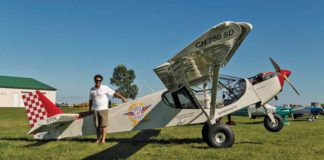By my count, the KITPLANES online Buyer’s Guide contains more than 1000 different designs for homebuilt aircraft. In fact, the complete list is probably the largest single listing of homebuilt aircraft you’ll find anywhere—which is one of the main reasons that the printed directory you are holding in your hands contains only the summary data for the many airplanes and rotorcraft that you might be thinking of building. So many airplanes, so little space—and we’d like to make sure that we share them all with you! Whether you are planning to start a new project or doing some comparison shopping for buying a completed airplane, the printed directory will get you started, and the online details will help you decide.
Building an airplane yourself is something that the vast majority of the population probably considers impossible. If you’re reading this though, you are not in the majority. You’re a dreamer, a doer—someone who is willing to live outside the norm and pick up the tools and skills necessary to carry those dreams off the surface of this planet. The Experimental community is large, and at last count, the FAA estimates that they have licensed well over 30,000 homebuilt aircraft since the category was created. A very large percentage of those are still flying (or flyable), and more and more change hands each year as their original builders turn them over to a new generation of pilots willing to care for and enjoy them. So we serve not only the primary builders, but the resale market as well.
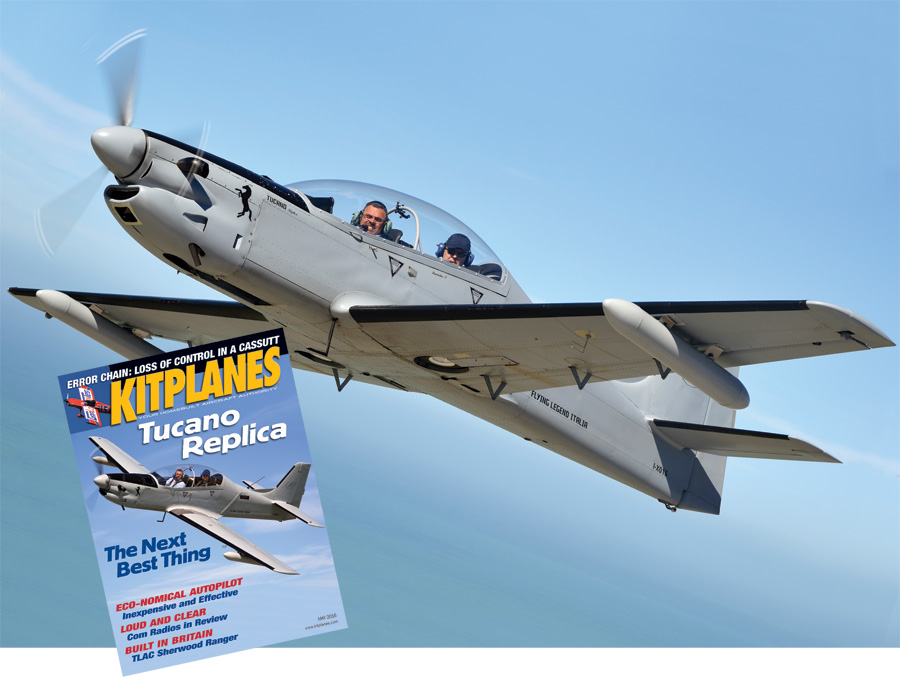
Tucano Replica Flying Legend’s 70% Tucano replica has military origins, but is powered by a Rotax engine and can be built to meet LSA requirements. It can also be built with fixed or retractable landing gear. See the May 2016 issue for details. (Photo: Edwin Borremans)
Buy It or Build It?
A question we hear quite often is, “Should I buy or should I build?” Quite frankly, the commitment required to build an airplane from plans or an early kit is monumental enough that the answer most experienced homebuilders give is, “If you have to ask the question, you definitely should buy!” That pat answer—recognizing the reality of the amount of effort and commitment that goes into a traditional build—is slowly beginning to be a little less definite in some people’s minds. With aircraft kits becoming more and more complete, plans and manuals becoming well illustrated with clear, step-by-step instructions, and a wide community of knowledge spread on the internet, airplane building is becoming easier. Yes, it still requires a huge, usually multi-year commitment of time and effort, but it’s not like the old days when you had to start with the seed from a Sitka spruce to grow the tree to carve your spars.
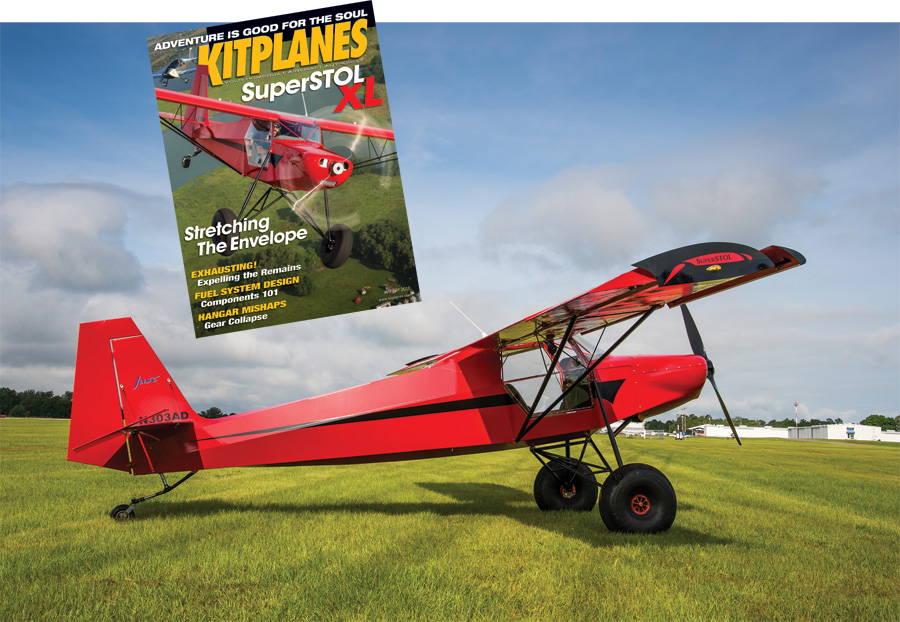
SuperSTOL XL While the standard SuperSTOL is powered with a 100-hp Rotax 912, the Stretch XL model mounts the new ULpower 520i rated at 180 hp and has a two-foot longer aft fuselage. See the January 2016 issue for details. (Photo: Richard VanderMeulen)
Choosing an Experimental aircraft—either to build or to buy—is something that should take time. This directory will give you a good start and encourage the dream, but then the real work will begin. Not that the work is unpleasant, of course. Going to fly-ins, traveling to kit companies, and meeting others with similar dreams is not a bad way to spend some time. And the time spent choosing the right aircraft is valuable beyond measure. It is a sad thing to see someone charge deeply into a project with a huge commitment of time and money, only to discover that it isn’t exactly right for them. Sometimes, the problem is unforeseeable—the loss of a medical for instance. Other times, the need for a larger airplane comes along with a growing family. Sometimes this could have been seen coming, other times not.
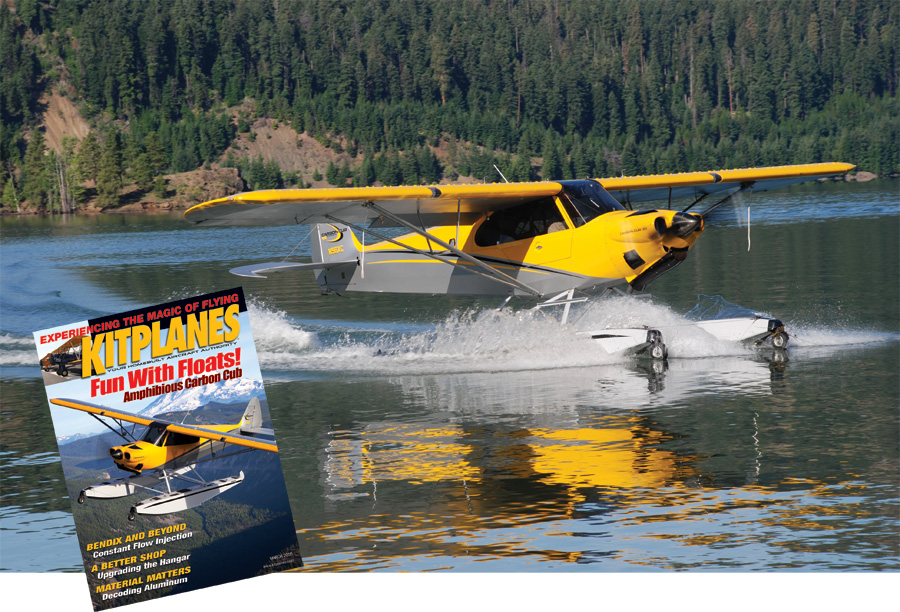
Carbon Cub EX What could be more fun than flying a great plane to a beautiful mountain lake surrounded by pine trees? With the amphibious-float-equipped Carbon Cub, that is exactly what you can do. At the end of the day, you can fly back to your favorite landlocked airport. See the March 2016 issue for details. (Photo: John Bliss)
Many potential owners shop for a plane or project by looking at all the shiny ads or their neighbor’s hangar before clearly defining their needs. It is not unusual to see a very expensive, well-equipped IFR machine that never leaves the vicinity of the airport—and the builder isn’t quite sure how his treetop flyer project morphed into such a complex monster.
For this reason, we feel that before you get serious about choosing a flying machine, take some time to write down your real requirements. Don’t worry, it’s more than OK to leaf through the pages of the directory and explore the details in the online Buyer’s Guide. But before you start eliminating options, put it all down and scribble what you see yourself actually doing with the airplane. Honesty is the best policy—especially when dealing with your own wants and needs. Will two seats do, or do you need four…or maybe just one? Will you be setting out for a fly-in breakfast in the immediate neighborhood, or striking out across the country on a frequent basis? Do you have a large airport handy, one with lots of pavement and a tower to talk to, or do you live near a grass strip with cows on the other side of the fence and an old hangar full of Cubs that have never seen a radio?
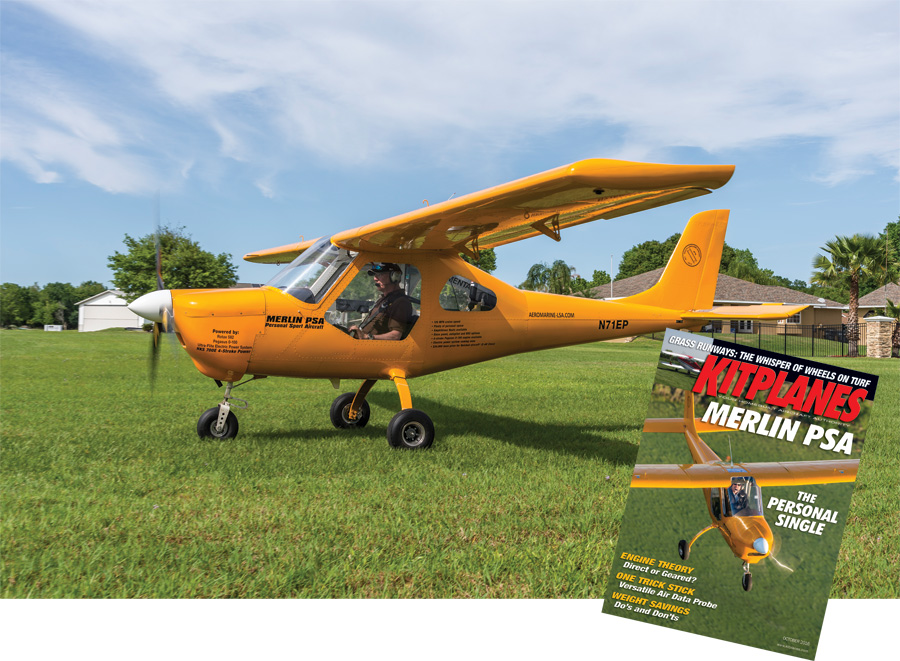
Merlin PSA The Merlin PSA grew out of a project in the Czech Republic and was brought to the U.S. See the October 2016 issue for details. (Photo: Richard VanderMeulen)
Will you be flying in and out of back-country strips on a regular enough basis to need a true STOL machine, or will the thought of flying a thousand miles at 100 knots to get to those mountains in the first place steer you in another direction? Figuring out where you want to go, followed by how fast you want to get there, and how much you need to carry—those are the beginnings of a set of requirements. Once you have those requirements, the directory can help you quickly eliminate a lot of aircraft and help you focus on those remaining that might fit the bill.
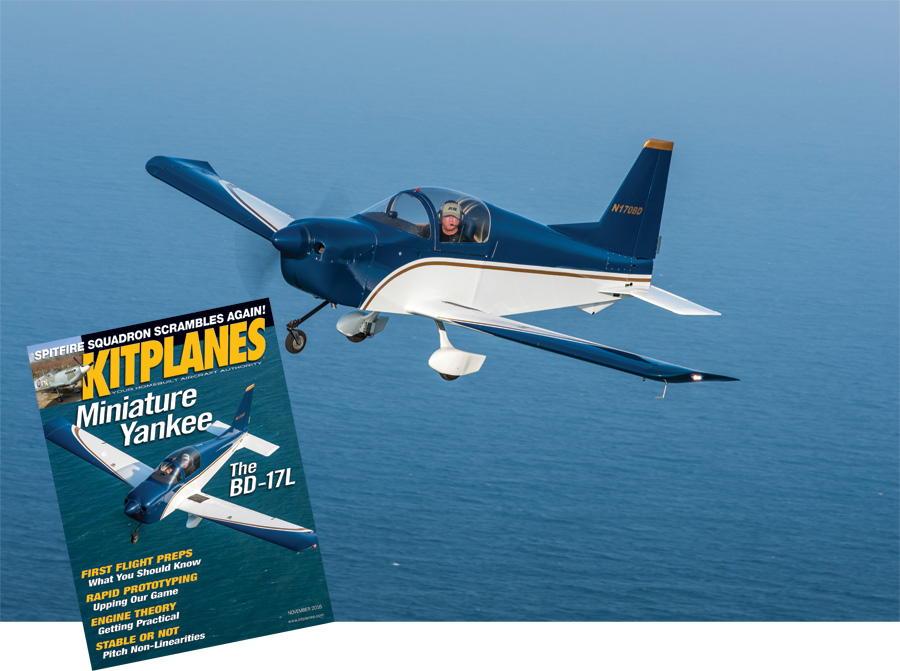
Bede BD-17L The Bede BD-17L strikes one much like a flying jet ski—strap it on and explore the neighborhood. See the November 2016 issue for details. (Photo: Richard VanderMeulen)
More Decisions
Other important questions relate to construction techniques and materials. Do you like to work with metal, wood, composites, or fabric? If you decide to go the “build it” route, having an idea of what kind of construction you want to spend a couple of years with is important. Just remember—building an airframe structure is only a small part of getting an airplane flying. Wiring, plumbing, and control work is going to be similar in almost all cases, and usually takes new builders as much—or more—time as making the kit look like an airplane.
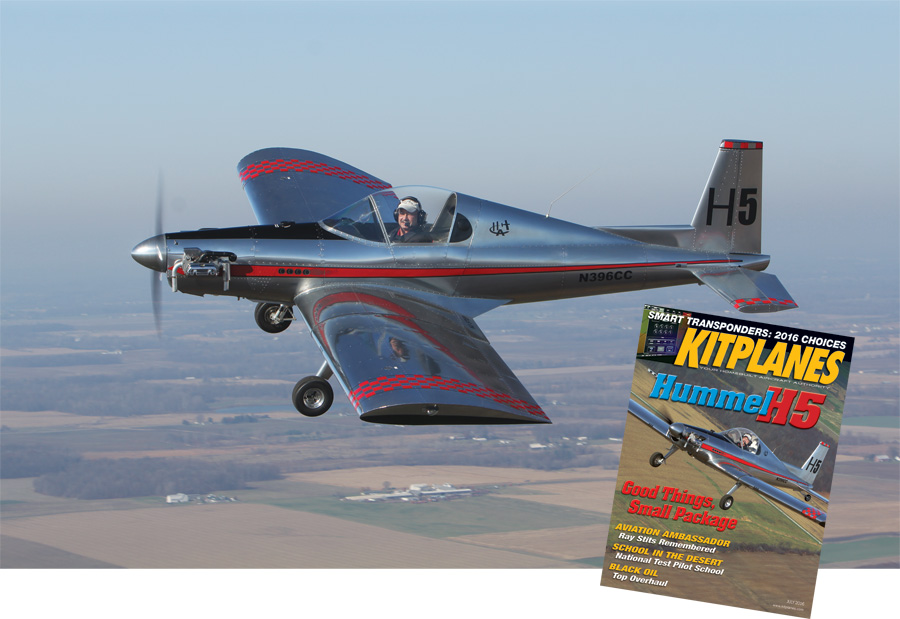
Hummel H-5 The Hummel H-5 can be built by those of modest means who just want to get in the air and have a little fun. See the July 2016 issue for details. (Photo: Mariano Rosales)
Do you have an engine preference? While most aircraft are designed around a particular powerplant, many can be converted for other propulsion systems. In fact, many builders find that to be the most interesting thing they do. Going with non-traditional powerplants frequently means that it will take longer to get to a flying airplane, but many feel that the rewards of solving problems and coming up with innovative solutions more than make up for the extra time. Even going with a larger version of an engine designed for the airplane can lead to challenges in things like cooling, so keep that in mind if you pick the perfect airplane, but feel it needs just a little more power.
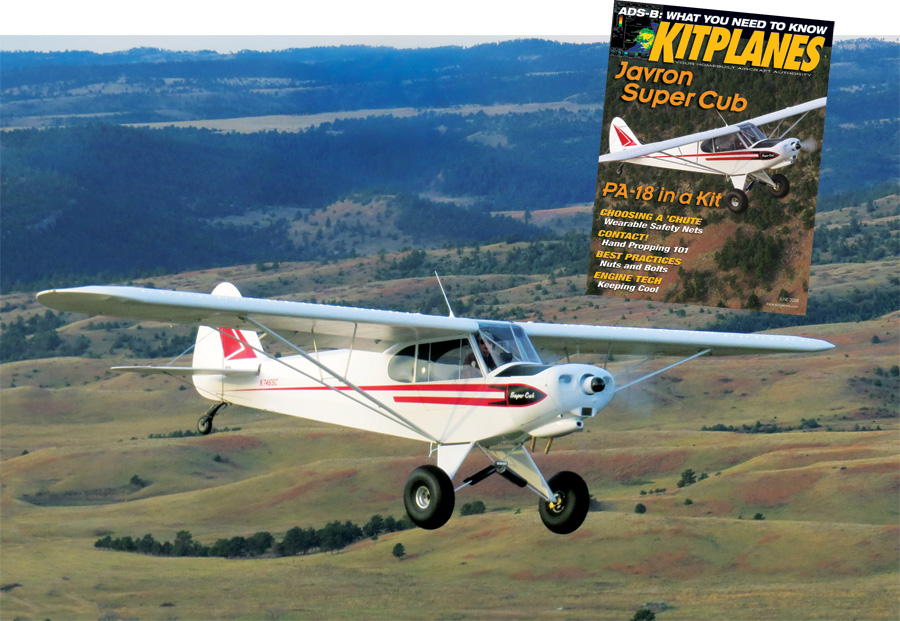
Javron Super Cub PA-18 Javron’s focus is on reproducing the Super Cub in its purest form. It makes for a plane that flies as much as possible like a Piper Super Cub. See the June 2016 issue for details. (Photo: Darwin Schroeder)
Airplanes designed around a specific mission will invariably be more difficult to adapt to other tasks. A STOL airplane capable of touching down and stopping inside a ballpark is probably not going to go 200 knots. You’re also going to have a difficult time cramming a full IFR panel into an airplane designed for simple VFR cruising. It can be a struggle squeezing one of the modern big-screen EFISes into the panel of a tandem aircraft, so think about what avionics you might want while still selecting an airframe—it’s all intertwined.
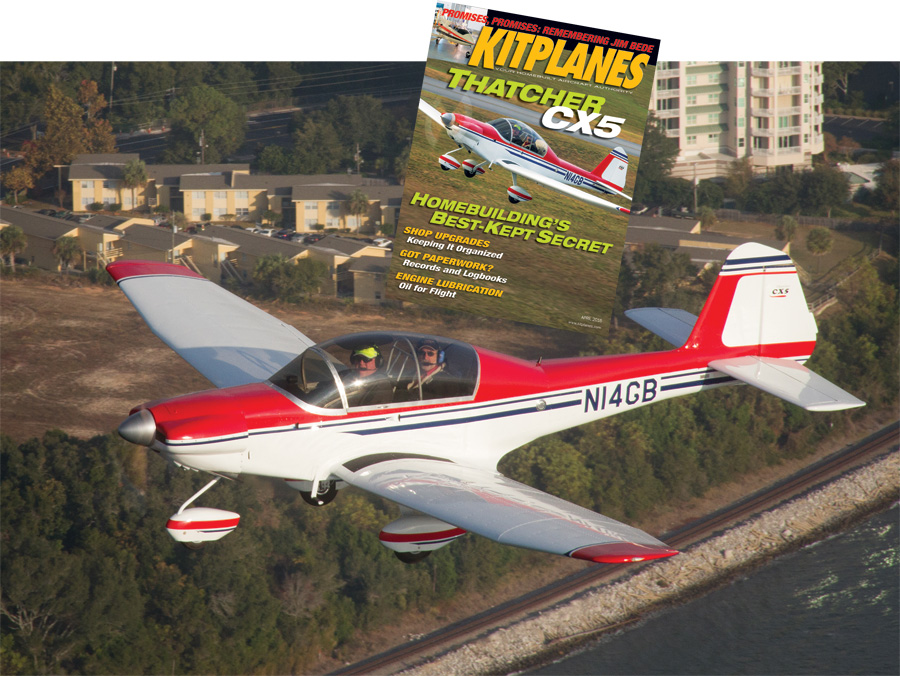
Thatcher CX 5 Available as a taildragger or with tricycle gear, the Thatcher CX 5 is powered by an 85-hp Revmaster R-2300 engine. See the April 2016 issue for details. (Photo: Sheldon Heatherington)
The Bottom Line
With very few exceptions, cost is usually a significant driver when choosing an airplane or a project. Many people shop on the price of a kit, and expect that to be their major expense. The truth is, we generally divide the projects into thirds: one-third is the kit price, one-third is the powerplant, and the remaining third is for avionics and interior. Oh…that doesn’t leave anything for paint or finish, so keep that in mind as well. Finished prices listed in the directory are provided by manufacturers, so make sure that when you get down to discussing particular models, you understand what their estimates include. Some manufacturers are very up front about building costs, and others tend to be a little on the low side when assuming what you might put into your airframe.
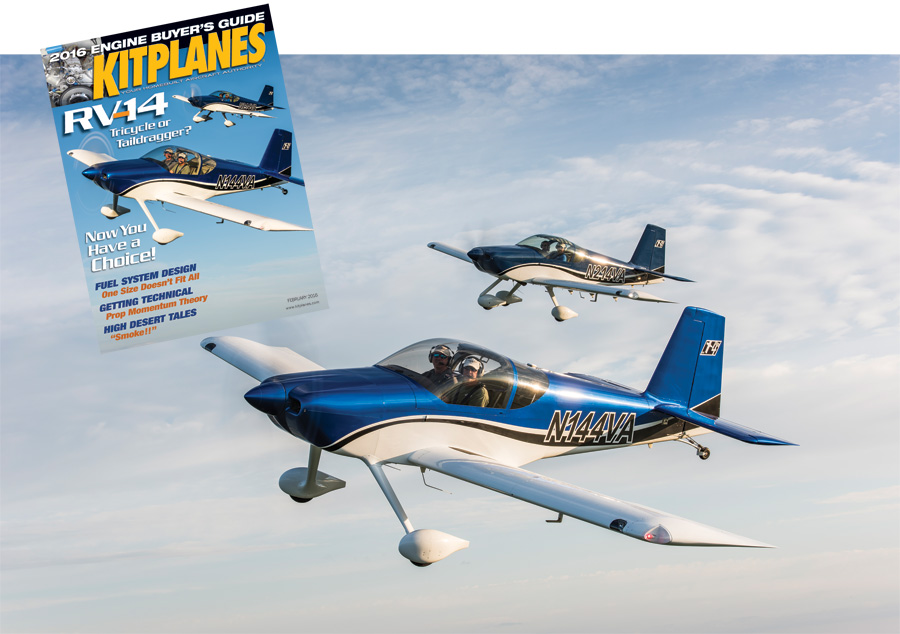
Van’s RV-14 When the tailwheel RV-14 was released, the nosewheel version was re-designated the RV-14A. See the February 2016 issue for details. (Photo: Richard VanderMeulen)
With mission and a budget in mind, it is time to start thinking about the airplanes you’d like to work on and be seen in. There’s a huge variety of choices, and while there might be a few bad ones, the difficulty most face is the plethora of good ones. Optimizing is something that you can spend a lot of time on—sometimes to the point where you never pull the trigger. In the end, you have to decide what you want to see when you open the hangar door, and what you will enjoy once it is in the air.
Use the Homebuilt Aircraft Directory to help you find as much information as you can, then go shopping. Try to fly the planes at the top of your list, and contact the builder and owner community for the type. Evaluate the kit company as well as the airplane—you’re going to be spending a lot of time tied to them as you build. Don’t be afraid to dream, but make sure that you stay honest as well.

